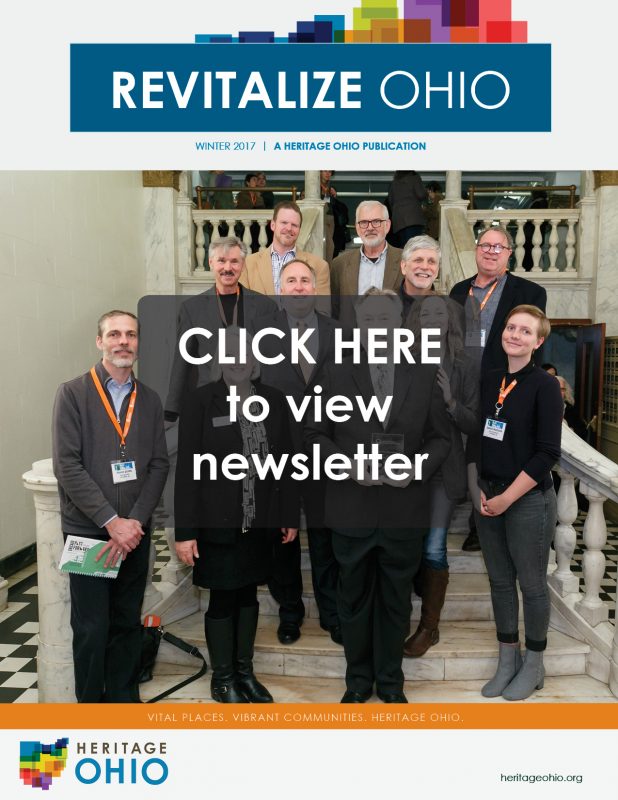Hayden Easement
16 E Broad St,
Columbus 43215
If you spend some time in the preservation field, you invariably will hit upon this truism: building rehabs don’t move in a straight line, from developer interest, to finished product 12 months later. In fact, more often than not, a rehab project may die a couple (few) deaths, before the building owner holds a ribbon cutting welcoming in new tenants. A dedicated developer is certainly part of the mix; however, financing may fall through, stopping a project dead in its tracks. The hoped for tax credit application may not be approved. The can’t miss tenant pulls out of a project. An owner partnership goes south. The real estate market takes a dive. Given all that can go wrong, it’s a wonder more projects don’t fail.
In December of 2009, we welcomed the latest round of Ohio tax credit projects in the soon-to-be Hotel Indigo on 20 East Broad Street in downtown Columbus. Then-Governor Strickland touted the arrival of the boutique hotel, and everyone was excited. However, as happens so often, the project announced with much fanfare never came to fruition.
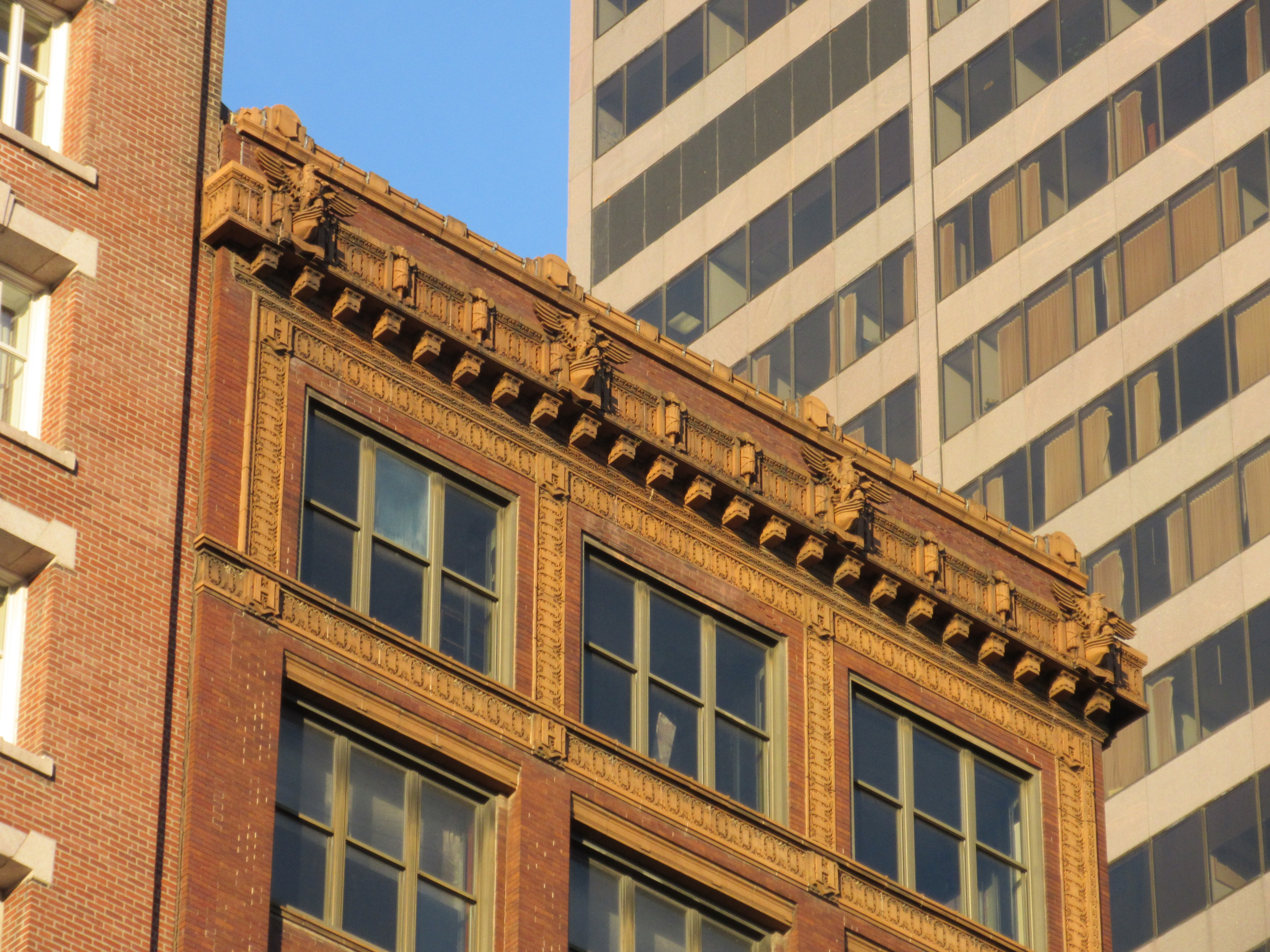
Fast forward 10 years, however, and a new ownership group has taken control of the property, secured rehab financing, applied for and received an OHPTC award, and was ready to take the next step: protecting the buildings at 16 and 20 East Broad Street by donating a preservation easement to Heritage Ohio.
It’s wonderful just to see a historic rehab project reborn, but the owner donating a preservation easement is the icing on the cake. Although under a tight deadline to have everything filed by the end of the year, we completed our due diligence and decided to accept the preservation easement.
Executive director Joyce Barrett commented on the buildings, “The very heart of downtown Columbus, and Ohio, is the Statehouse at the corner of Broad and High, and receiving an easement on two historically significant buildings overlooking the Statehouse is an honor for Heritage Ohio. We look forward to safeguarding their historic character for generations to come.”
![]()
Columbia/Larrimer Easement
3161 N High St.
Columbus, OH 43215
In December of 2012, Heritage Ohio received a conservation easement on the historic Columbia/Larrimer Building, a commercial property located on High Street in downtown Columbus. If you’ve ever walked past the building you probably know it from its unique storefront windows: a recessed entry decorated with elaborate stained glass panels, with two domed storefront windows that advertise the former “BOTT BROS CIGARS” and “BOTT BROS BILLIARDS.” Although Bott Brothers has been out of business now for many years, the signage has gained historical significance in its own right, and that historical signage is a critical element that tells the story of building, and therefore, is an element protected by the easement.
Today, that area within the building once home to cigars and billiard tables is now home to Elevator Brewery and Draught Haus, and has been for many years. The history of the building itself is fascinating as it has undergone a number of changes and alterations over the years, including the removal of its top two floors at one point in the past.
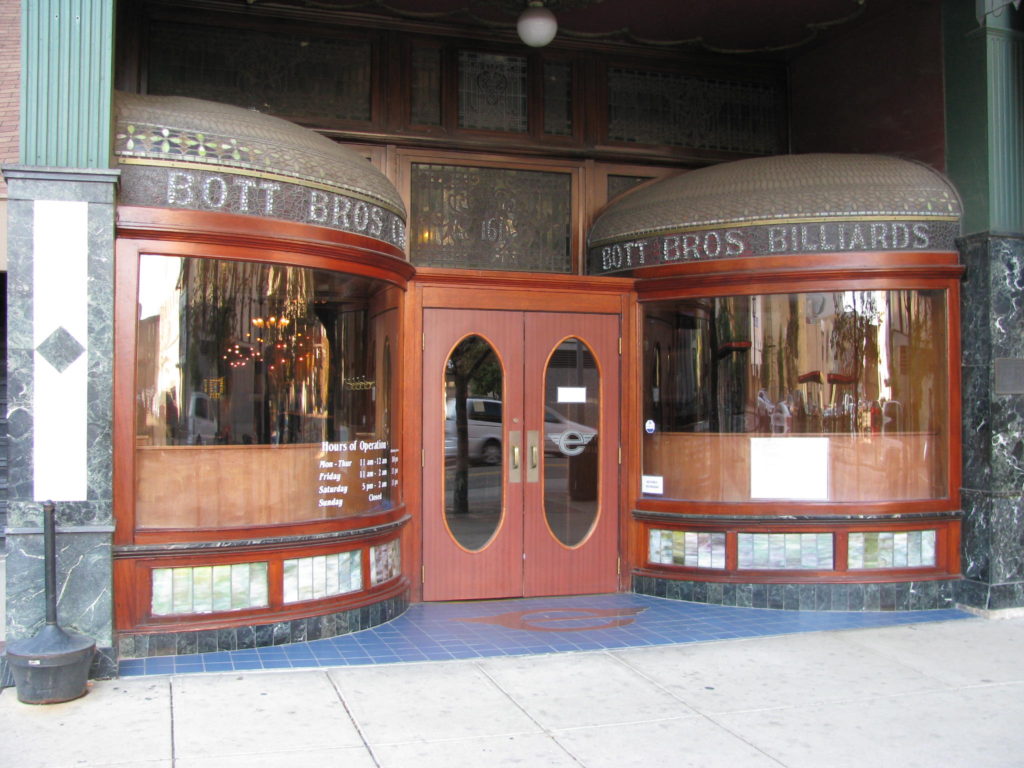
Executive director Joyce Barrett commented on the unique aspects of the Columbia/
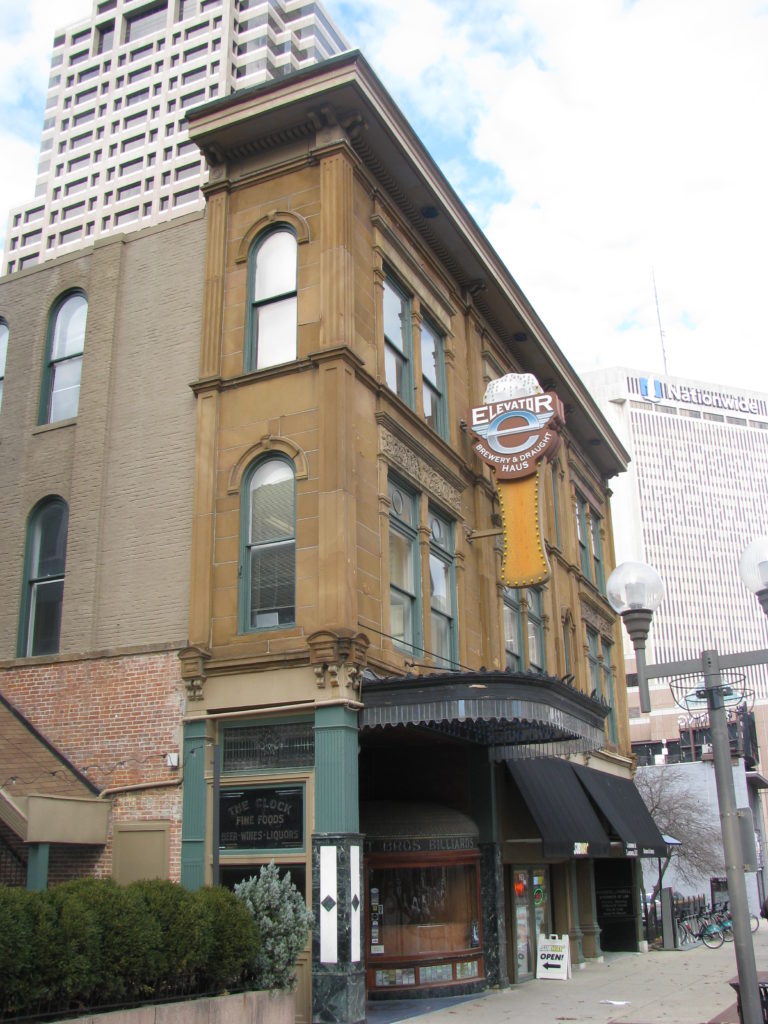
![]()
Rawson Block Easement
321 S Main St.
Findlay, OH 45840
December of 2004 was an exciting time for Heritage Ohio’s nascent easement program, when it accepted its first easement, taken on the Rawson Block located in downtown Findlay. A lot has changed since we accepted that first easement nearly 14 years ago, including exterior protection as a result of the easement.
Before the IRS adopted new regulations on easements and their donations, only the façade of a building was commonly “donated” in an easement agreement, and that was the case with the Rawson Block. However, our Rawson Block easement also included a loss of development rights, insuring there is never any building “up” on the site. Now, the IRS stipulates that for an owner to realize a charitable contribution (and subsequent federal tax deduction) the entire building envelope must be included under the terms of the easement. The IRS also enacted new regulations to ensure that only legitimate nonprofit organizations such as Heritage Ohio hold easements on historic properties. In fact, the Department of Justice went so far as to bring suit against the Trust for Architectural Easements over its easement acceptance practices.
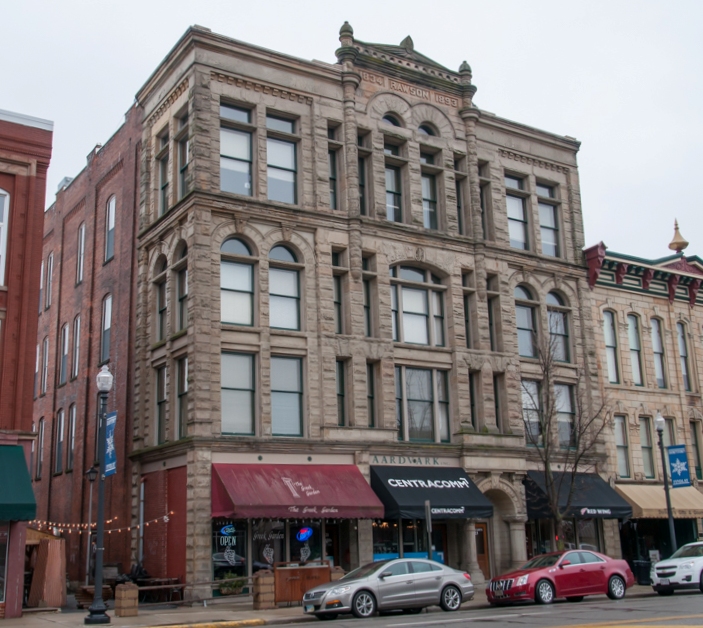
As is the case with many of our easements, the agreement included stipulations for exterior alterations and stipulations restricting new construction either on the property or above the building (the loss of development rights mentioned earlier).
Working with the Rawson Block owners was a unique experience, too, as the LLC owner of the building comprised more than 50 community members who pooled their money to purchase and rehab a historic landmark in their downtown. And it’s a lesson we still enjoy sharing today: before you die of old age waiting for the rich developer to come riding in on his real estate unicorn to save your buildings, gather your residents together, pool your money, and save your places that matter NOW! It can be done, as the folks in Findlay can attest to.
![]()
Del Monte Easement
341 South Third St,
Columbus, OH 43215
Last year at this time we were putting the finishing touches on an easement for the Del Monte Building in Columbus (no relation to the company supplying your bananas!) While many of our easements are taken on large commercial buildings in downtown areas, the Del Monte is a smaller example. Originally built as a six-unit apartment building in the early 1900s, the building served a need for living units as Columbus experienced a growth phase during the first quarter of the twentieth century.
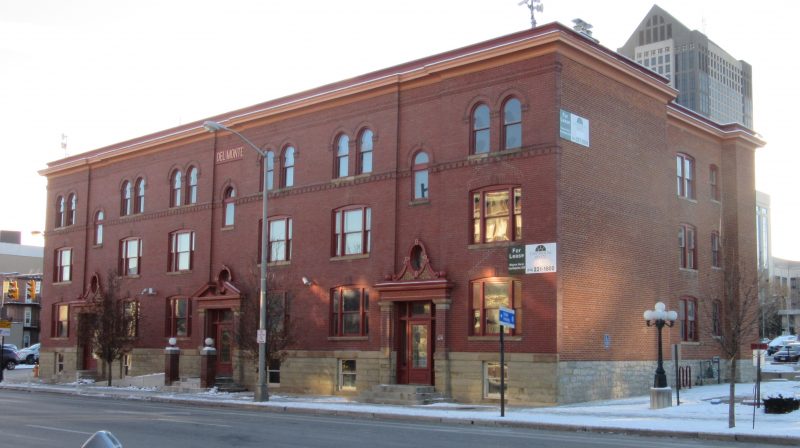
The Del Monte is a handsome three-story masonry building with a buff stone foundation and simple cornice. The building features numerous window openings, so even in the early 1900s, the units must have had a light and airy feeling.
Joyce Barrett commented on the positive impact of the easement: “Even modest downtown buildings can benefit from the owner placing an easement on the property, making this a win-win for the owner and for preservationists. In the case of the Del Monte Building, we’ve ensured that a historic building not under local design review will be preserved and enjoyed for generations to come. And the owner can receive a tax deduction for donating the easement.”
![]()
Akron Easement
800 Dan St
Akron, OH 44310
Our easement program has been active since 2004, when we accepted our first easement on the Rawson Block in Findlay. Over the years we’ve seen how the program can be adapted: we’ve worked with owners in a variety of communities, and we’ve worked with a variety of property owners, including commercial property owners, nonprofit owners, and municipalities. Additionally, easements have been placed on buildings well before a full-scale rehab has been completed, and years after a large-scale rehab was completed.

The main Reserve Training Building, constructed in 1956
In Akron, we accepted an easement on the former Naval and Marine Corps Reserve Center in 2015, as the result of a Section 106 agreement forged among the City of Akron, the US government, and the State Historic Preservation Office. Briefly, a Section 106 consultation among preservation interests is triggered when federal funds are used that could affect a resource either listed in the National Register, or eligible for listing in the National Register. A Section 106 consultation can also be triggered when the action of a federal agency, in this case, the US government, could result in an adverse effect on the historic resource. In Akron, the US government was divesting itself of the reserve center, as a caretaker for the Navy, and the federal loss of site control was deemed an adverse effect, since a new owner could demolish the historic buildings on site.
While we ideally like to see Section 106 negotiations end when a viable preservation solution is found that all parties can agree to, the reality is that many times the Section 106 agreement paves the way for the demolition of the historic resource in question. Thankfully, in the case of Akron, the stakeholders agreed that by donating an easement in perpetuity to Heritage Ohio, the reserve center would be permanently preserved, thereby negating any adverse effect from changes in ownership, now or in the future.
“We were pleased to be part of a creative preservation solution in the Section 106 process, providing an outcome everyone could support, while giving us the ability to ensure the site’s continued preservation. We’re hopeful we can assist on future Section 106 agreements that translate into wins for preservation,” stated Joyce Barrett, executive director.
![]()
Mercantile Block Easement
228-236 High St,
Hamilton, OH 45011
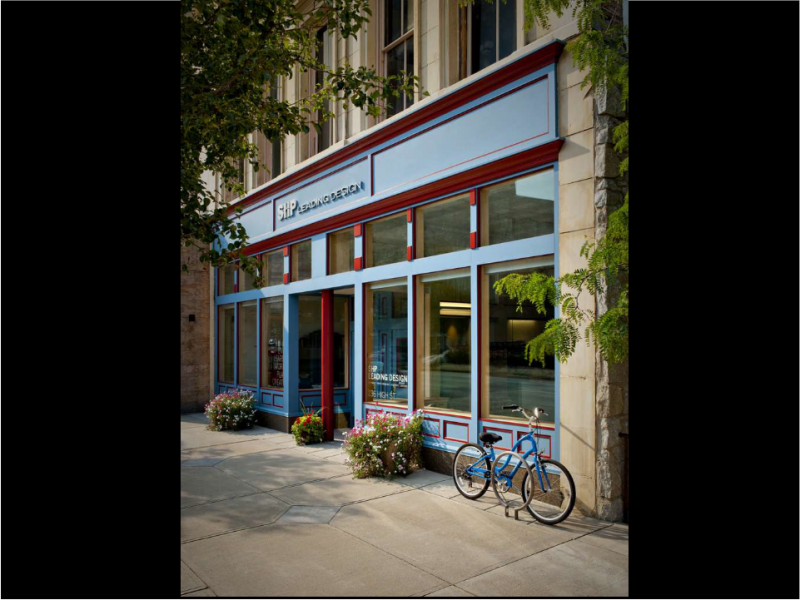
Our easement program has been active since 2004 when we accepted our first easement on the Rawson Block in Findlay. Over the years we’ve seen how the program can be adapted: we’ve worked with owners in a variety of communities, and we’ve worked with a variety of property owners, including commercial property owners, nonprofit owners, and municipalities. Additionally, easements have been placed on buildings well before a full-scale rehab has been completed, and years after a large-scale rehab was completed.
In Hamilton, we accepted an easement on the Mercantile Block in 2011 as the owner was completing a full rehabilitation. The rehabilitation and subsequent leasing of the building represented a turning point in downtown Hamilton’s revitalization. Since the completion of the Mercantile Block, nearby buildings have been rehabilitated, and Hamilton’s downtown is enjoying a resurgence.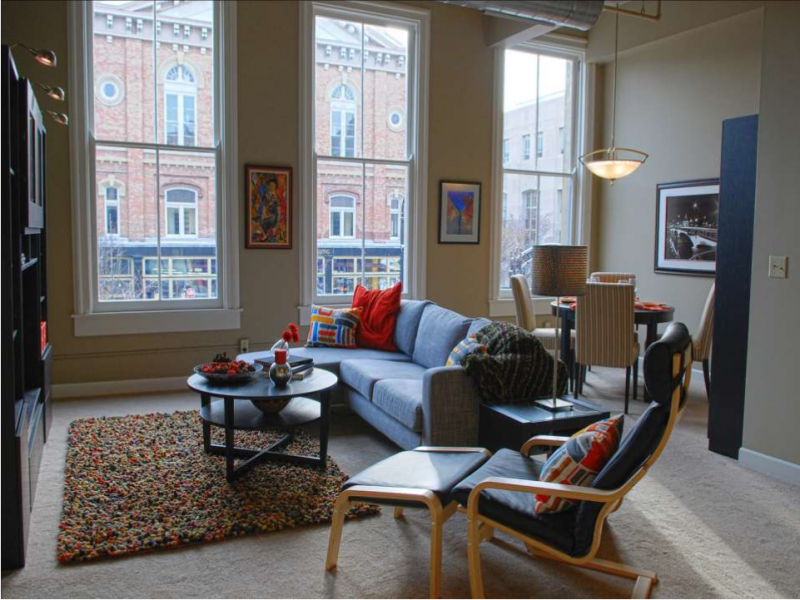
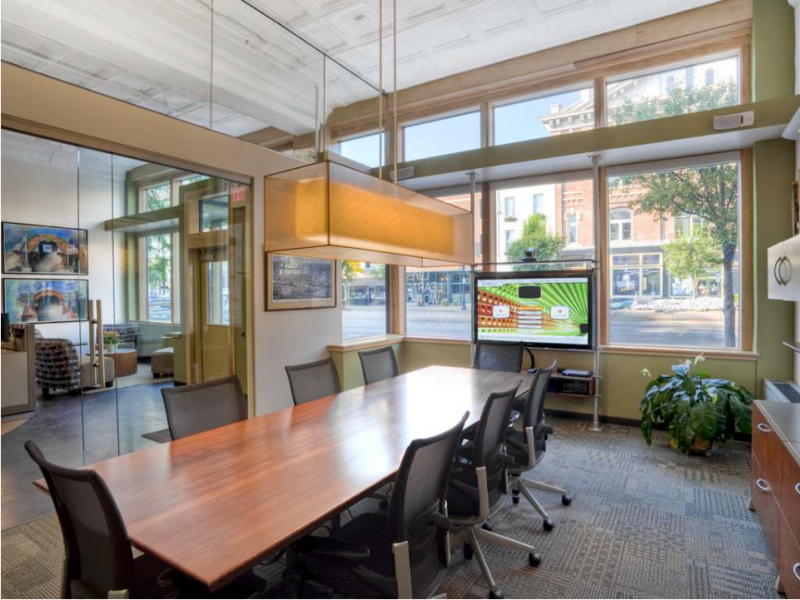
Director Joyce Barrett commented on the Hamilton project: “When the building owner came in, he had a vision for upscale housing that was non-existent in the downtown at the time. There were plenty of doubters who questioned whether he could ever rent the apartments, but he created a unique living opportunity downtown and tapped into a housing need that residents flocked to. We were excited to play a small part in downtown’s resurgence by placing an easement on the Merc.”
As the series of images below show, there’s no such thing as “too far gone” when a building owner leverages private capital with tax incentives and a vision for how a forgotten building can be reborn to once again play a key role in the vibrancy of its downtown.
Below you can see the transformation of the deteriorated interior into a modern working space. For even more pictures of the transformation take a look a this slideshow.
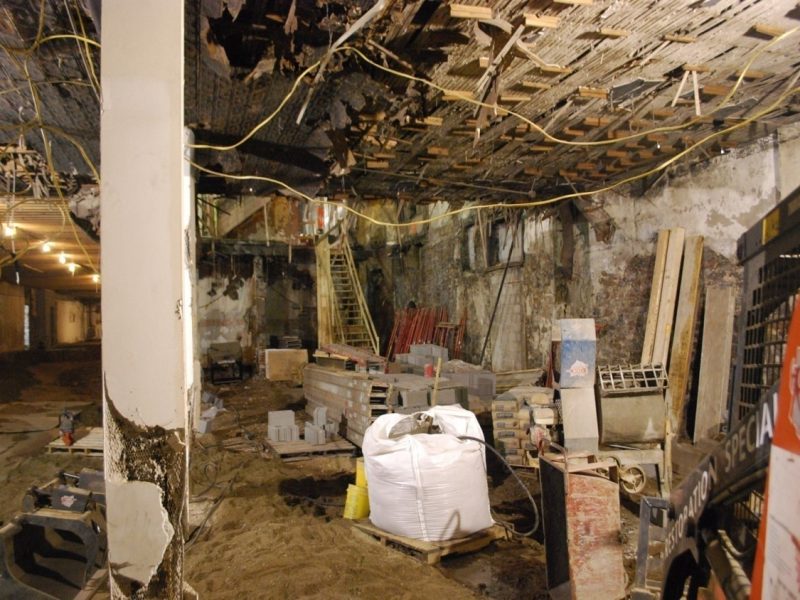
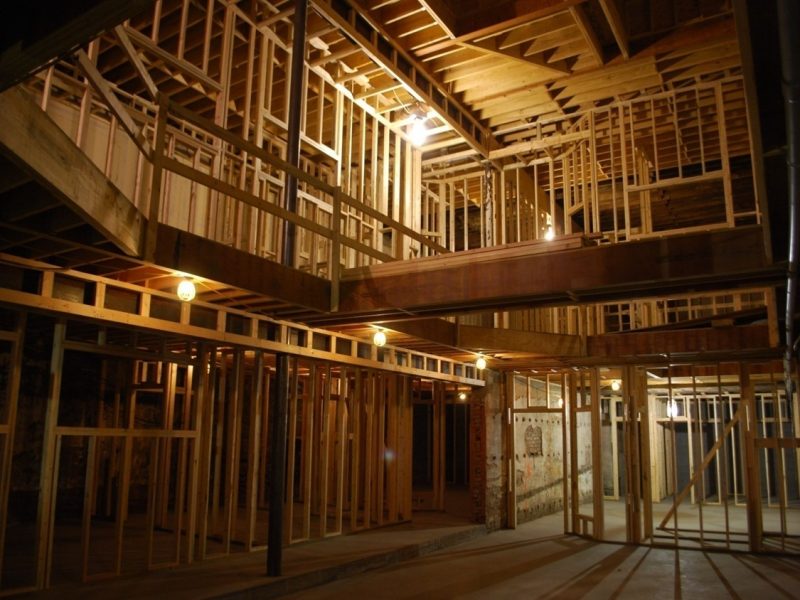
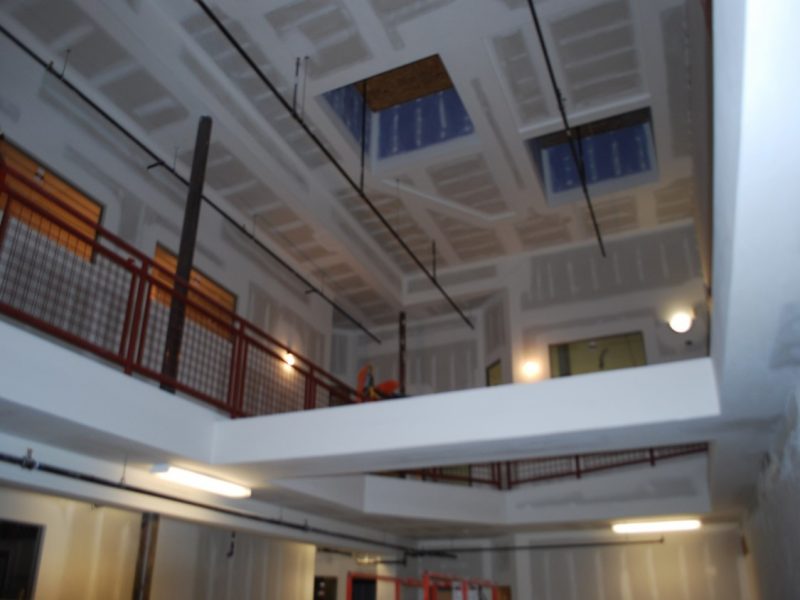
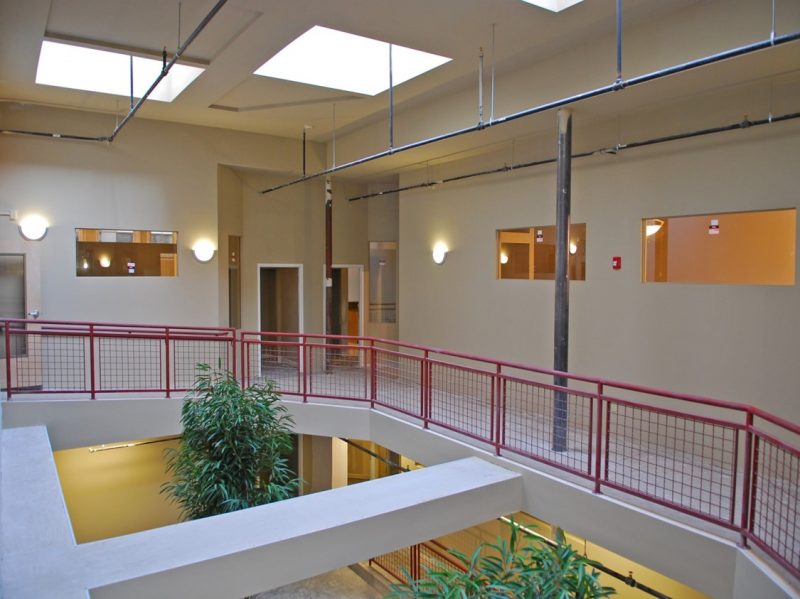
![]()
Stoddart Block Easement
260 S 4th St,
Columbus, OH 43215
In December of 2013, Heritage Ohio received a conservation easement on the Stoddart Block, and the adjoining Zettler Building, in downtown Columbus. For a building that began life as a furniture store, the newest chapter in its history would depend on millennials in search of a vibrant downtown.
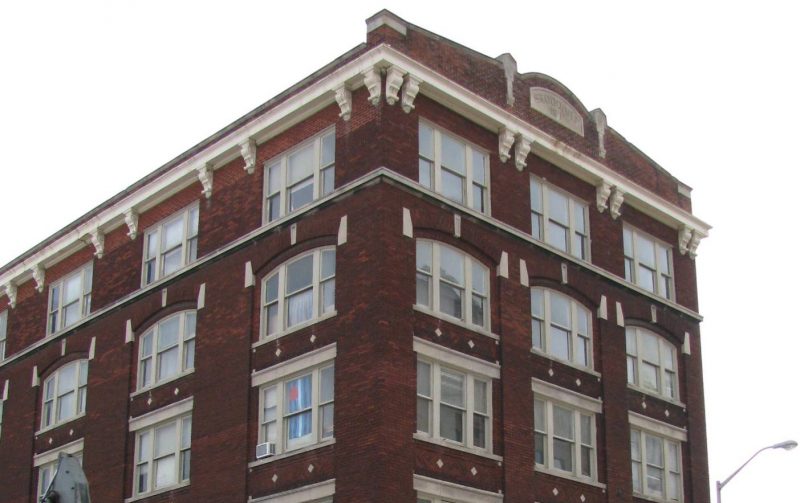
As millennials continue to descend on downtown locations to live (and Columbus is no different than other big cities) the cost of prime downtown rentals continues to increase. To stem the rising rental cost, developers have turned to a new model: micro-living.
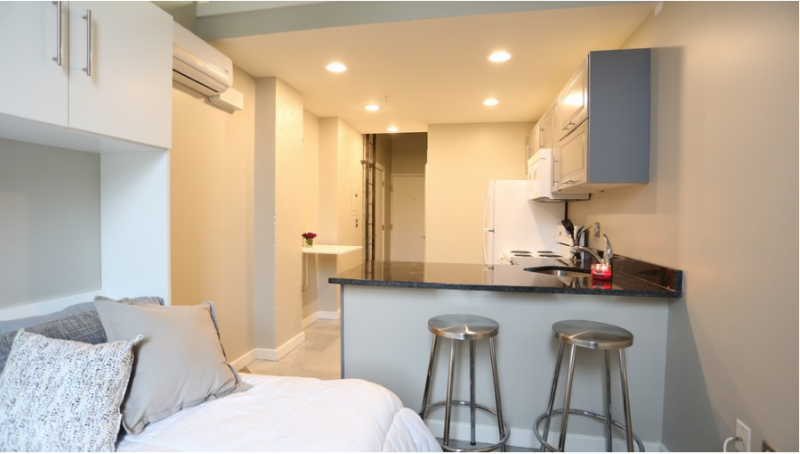
Trading off a living room in your apartment with a downtown “living room” full of entertainment options, the apartments’ modest square footage is ideally suited for the typical 20-something that hasn’t accumulated a lifetime of stuff or children! And pricing remains affordable—you can net a downtown Columbus address for less than $1,000 a month.
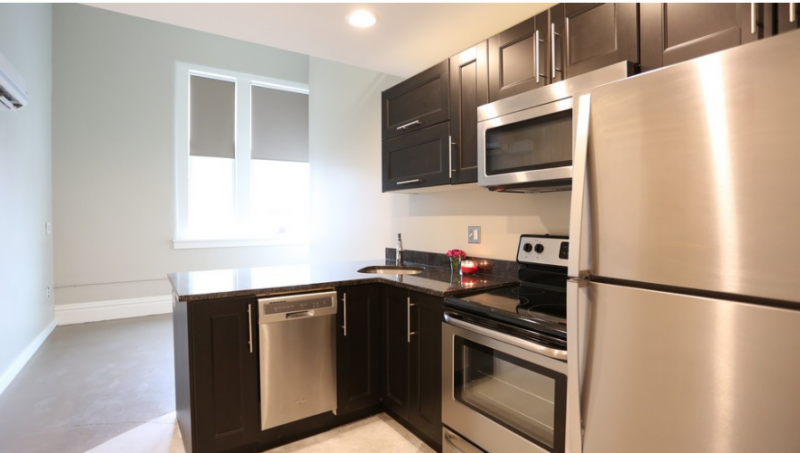
Beginning its existence as the Frohock Furniture Company, the building was well-suited for a conversion to residential use. From a financial standpoint, granting a conservation easement to Heritage Ohio provided the charitable deduction to the building owner that ultimately helped the project move forward. However, both the federal and state tax credits also provided critical sources of capital to make the project a reality.
Commented director Joyce Barrett, “The Stoddart and Zettler renovations brought new downtown living options, and a couple popular eateries, but also showed how historic buildings created for a specific use can be creatively repurposed to meet today’s needs.”
For more information on Heritage Ohio’s easement program, contact Frank Quinn at fquinn@heritageohio.org or at 614.258.6200.
![]()
Julian Building Easement
272 S Front St,
Columbus, OH 43215
In December of 2013, Heritage Ohio received a conservation easement on the Julian, a former shoe factory located at the corner of Main Street and Front Street, in downtown Columbus. And anyone who had spent time downtown prior to 2013 remembers what the building looked like.
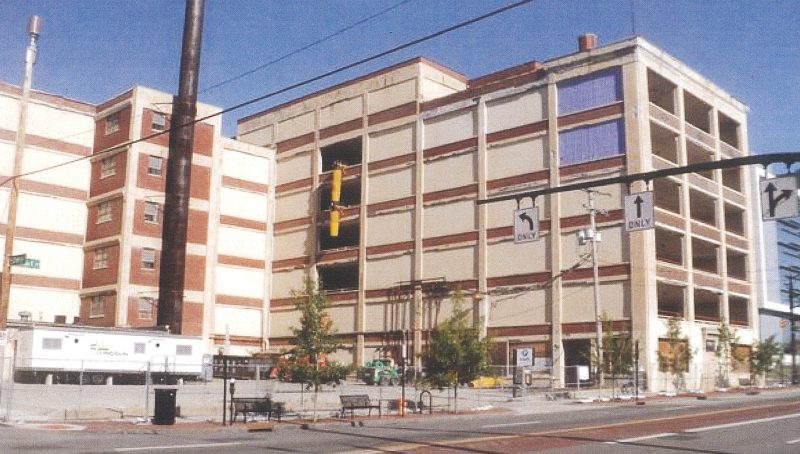
With a history as a builder of new retail and residential buildings, Casto, the building owner, was embarking on a new venture: namely, a historic rehab. And it’s safe to say that their first Columbus target was one of downtown’s ugliest buildings, the former Julian and Kokenge Building (or Lape and Adler, as it was known for a portion of its history). It’s also safe to say their foray into rehab turned out to be an unqualified success!
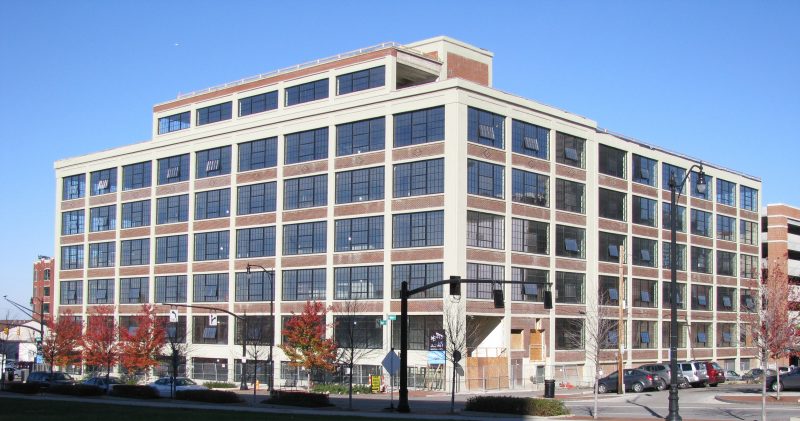
To see the building today, you might not realize that the windows are replacements, comprising a design painstakingly replicated to be faithful to the original. And you might not realize the extent of concrete and masonry restoration work that went into repairing the exterior elements.
We were especially excited to promote the building’s amazing transformation in October of 2015 as the venue for our Legacy Circle Reception, kicking off our annual conference. Attendees gathered on the ground floor for networking, and had the opportunity to tour model units.
“We know that preservationists have a keen vision for ‘what could be’ but I think even ardent preservationists had a hard time envisioning just how good the Julian Building could look, after rehab. But the Casto developers pulled it off, and now we all get to enjoy this beautiful historic building once again, gracing the downtown streetscape,” stated Joyce Barrett, director of Heritage Ohio.
For more information on Heritage Ohio’s easement program, contact Frank Quinn at fquinn@heritageohio.org or at 614.258.6200.
![]()
Toledo Club Easement
235 14th Street,
Toledo, OH 43604
When Heritage Ohio took its first easement, an agreement executed in 2004 on the Rawson Block in Findlay, the scope of the easement covered changes to the façade, only. However, easement agreements can cover the entire exterior of a building; indeed, the IRS subsequent to 2004 required a conservation easement agreement to cover the entire exterior of a building, if the building owner wanted to treat the easement agreement as the equivalent of a charitable contribution to Heritage Ohio). Easement agreements can also cover the interior of a building, and even specific elements within a building. When Heritage Ohio accepted an easement on the Toledo Club in July of 2012, it marked the first instance of an easement agreement that included not only the protected exterior, but also included protected interior spaces. It also marked the first instance of a non-profit donating an easement to Heritage Ohio.
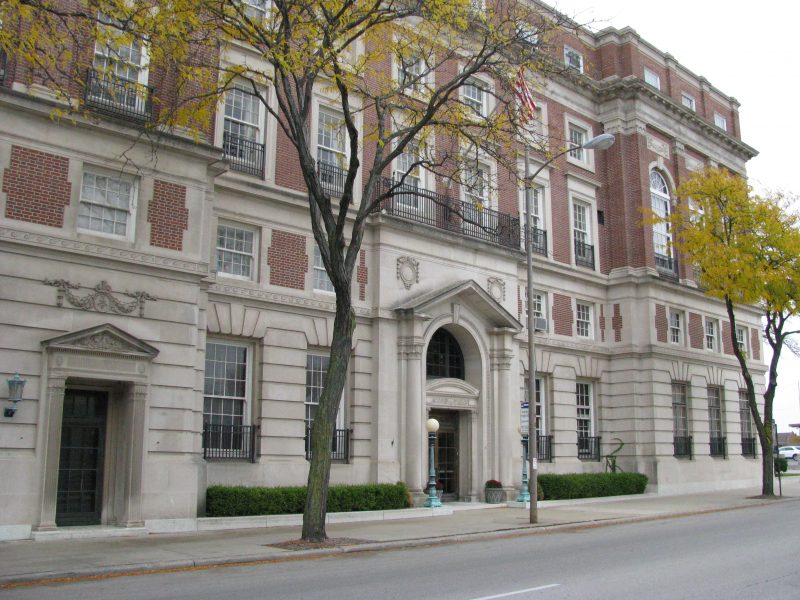
Toledo Club Exterior
If you’re not familiar with the Toledo Club, it’s just as amazing on the inside as it is the outside. A fine example of Georgian Revival architecture, the club has been housed here since the building’s construction in 1915. 2012 Legacy Circle Reception attendees may remember the Red Room at the Toledo Club, with its warm oak paneling, and coffered ceiling with intricate stencils. And each room could be considered a piece of architectural artwork.
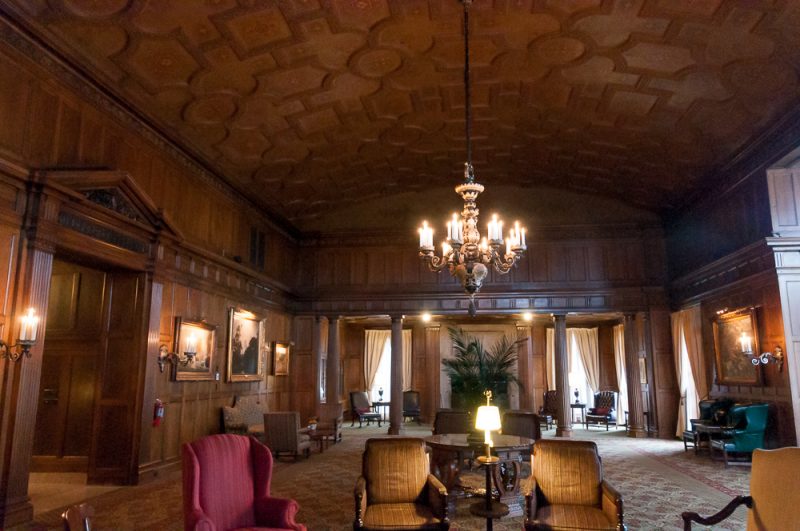
Centennial Room in the Toledo Club
Joyce Barrett, executive director of Heritage Ohio, commented on the Toledo Club easement: “Our collaboration with the Toledo Club shows how flexible an easement agreement can be, and that the property owner concerned with the long-term preservation of their historic building, whether for-profit or not-for-profit, could benefit by partnering with Heritage Ohio.”
For more information on Heritage Ohio’s easement program, contact Frank Quinn at fquinn@heritageohio.org or at 614.258.6200.
![]()
The Municipal Light Plant Easement
577-589 W Nationwide Blvd
Columbus, OH 43215
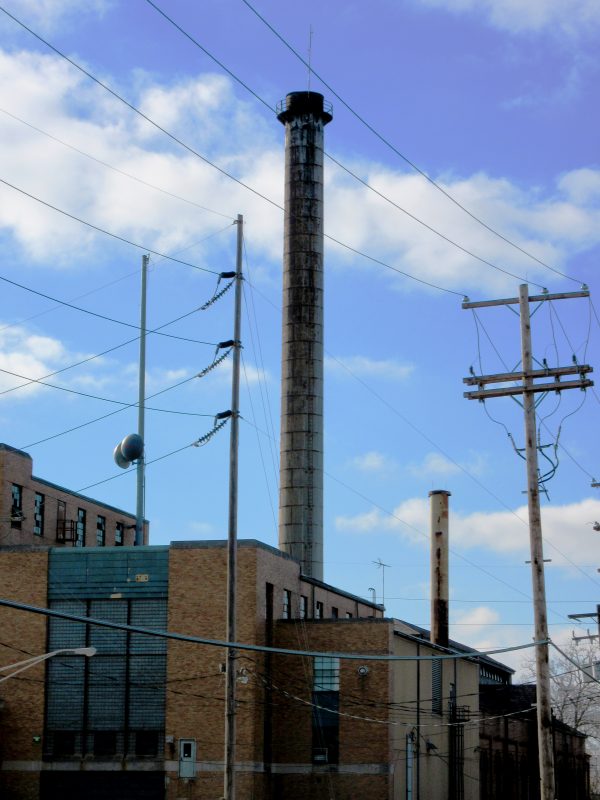 In December of 2015, Heritage Ohio held a signing ceremony to formalize its latest easement agreement, focused on protecting the exterior character of the former Municipal Light Plant in Columbus. The Municipal Light Plant represents the ninth easement agreement Heritage Ohio holds. Although the light plant had been closed since the 1970s, and seemed destined for a date with the wrecking ball, City of Columbus leaders instead eyed the potential for site development that included the preservation of the existing buildings.
In December of 2015, Heritage Ohio held a signing ceremony to formalize its latest easement agreement, focused on protecting the exterior character of the former Municipal Light Plant in Columbus. The Municipal Light Plant represents the ninth easement agreement Heritage Ohio holds. Although the light plant had been closed since the 1970s, and seemed destined for a date with the wrecking ball, City of Columbus leaders instead eyed the potential for site development that included the preservation of the existing buildings.
After sending out RFPs, and opening the building for public viewing and walk-throughs, the winning proposal (which thankfully included preservation of the site’s buildings) was chosen. The developer focused on redevelopment plans, and contacted Heritage Ohio to inquire about donating an easement. With official word of listing in the National Register in December, the building was now deemed “officially” historic. Listing now meant the owner could donate the easement to Heritage Ohio, giving the owner eligibility to treat the easement donation as a charitable contribution. The charitable contribution allowed the owner to take a tax deduction on federal income tax.
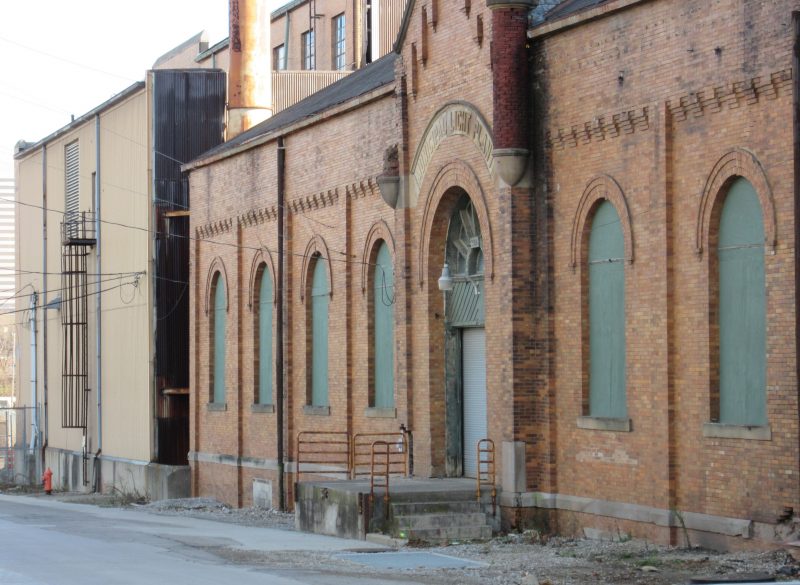
“We’re excited that we can help play a role in the continued use and preservation of historic buildings, and that the easement donation preserves the historic former Municipal Light Plant in perpetuity. We can’t wait to see the developer’s finished product, as the rehabilitated buildings will add to the vibrancy in the district,” stated Joyce Barrett, director of Heritage Ohio.
The Municipal Light Plant easement comprises the fifth easement agreement in Columbus, and includes agreements for preservation of iconic structures such as the Julian, and the Larrimer Building (housing the landmark Elevator Brewery & Draught House). Heritage Ohio accepted its first easement in 2004, working with the owners of the Rawson Block in downtown Findlay to insure the landmark’s preservation.
![]()


